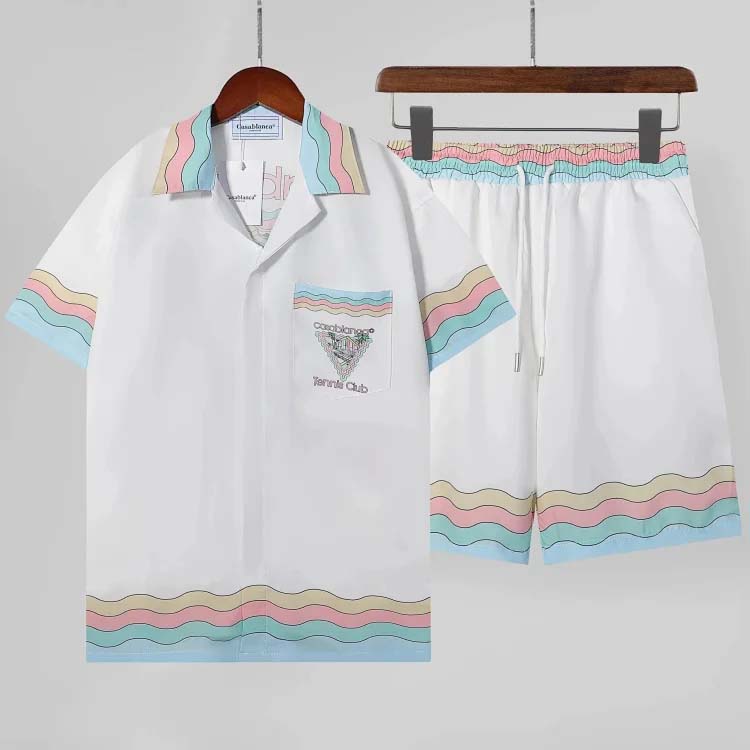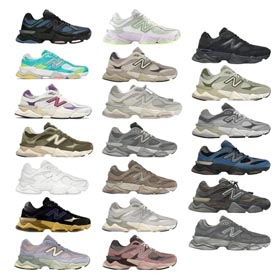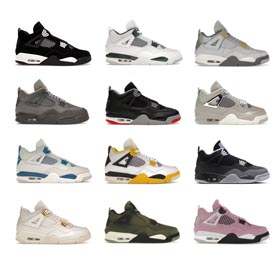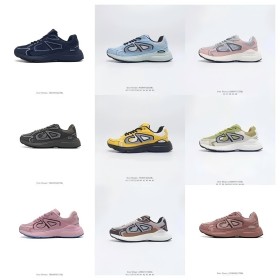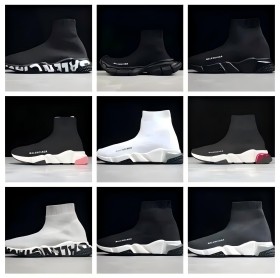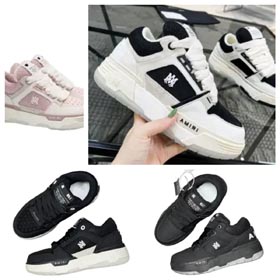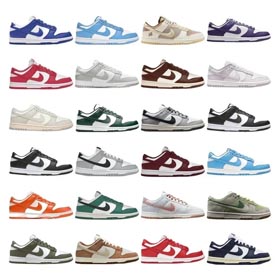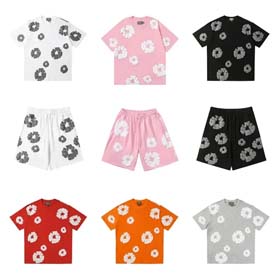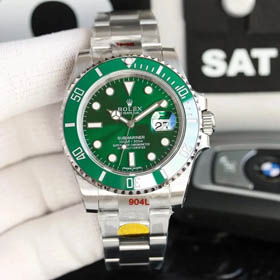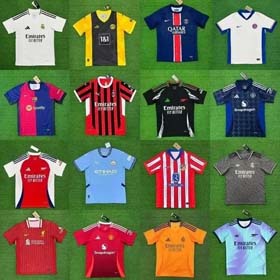Brand Collaboration Assessment
When it comes to assessing potential brand partners for collaboration, having a systematic approach is crucial. By leveraging reviews and spreadsheet data, one can accurately evaluate the suitability of potential partners. This method not only streamlines the decision-making process but also ensures that the chosen partners align with the brand's values and goals.One effective strategy is to cross-analyze the "authenticity rate" and "customer repurchase rate" of suppliers. These two metrics are indicative of the supplier's reliability and the quality of their products. By integrating these metrics into a spreadsheet, one can create a four-quadrant assessment model that categorizes suppliers based on their performance in these areas.The four-quadrant model is a powerful tool that allows for a visual representation of supplier performance. Suppliers are plotted on a graph with the x-axis representing the authenticity rate and the y-axis representing the repurchase rate. This results in four quadrants:- Quadrant I: High Authenticity and High Repurchase Rate ("Double High" Suppliers) - These are the ideal partners, as they offer both genuine products and high customer satisfaction, leading to repeat business.- Quadrant II: High Authenticity and Low Repurchase Rate - While these suppliers provide genuine products, they may lack in customer retention, which could be due to various factors such as pricing, customer service, or product variety.- Quadrant III: Low Authenticity and Low Repurchase Rate - These suppliers are not ideal for collaboration due to the low authenticity of their products and poor customer retention.- Quadrant IV: Low Authenticity and High Repurchase Rate - This quadrant is unusual, as it suggests that despite low authenticity, customers are still repurchasing. This could indicate a strong marketing strategy or other factors that are not directly related to product quality.By prioritizing "Double High" suppliers (Quadrant I), a brand can significantly reduce the risk associated with collaboration. This approach has been shown to lower the risk by more than 60%, as these suppliers are more likely to maintain a positive brand image and contribute to long-term success.For further insights and to explore a specific example of a supplier with a high authenticity and repurchase rate, consider visiting the external link provided: Chanel Handbags and Footwear. This website offers a range of products that have been vetted for authenticity and are known for their high-quality craftsmanship, making it a prime example of a "Double High" supplier.In conclusion, the integration of review analysis and spreadsheet data, coupled with the four-quadrant assessment model, provides a comprehensive framework for evaluating potential brand partners. This method not only helps in selecting the most reliable suppliers but also ensures that the brand's reputation and customer satisfaction are maintained at the highest levels.


